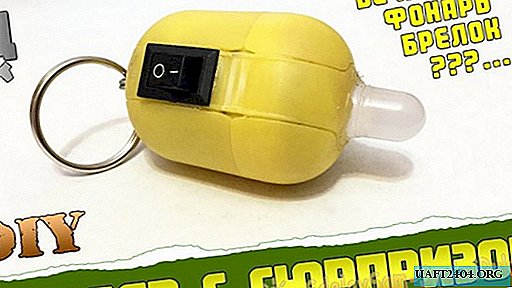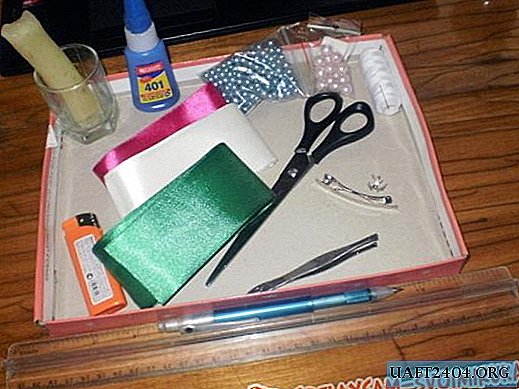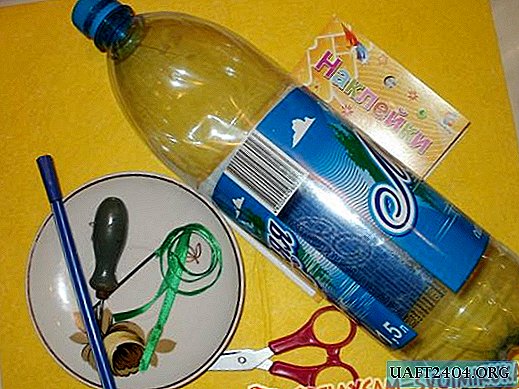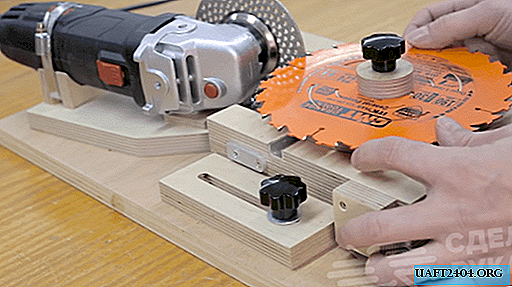Share
Pin
Tweet
Send
Share
Send
Purchase
I buy tomatoes of the latest degree of maturity on the market (I call them "pimped").
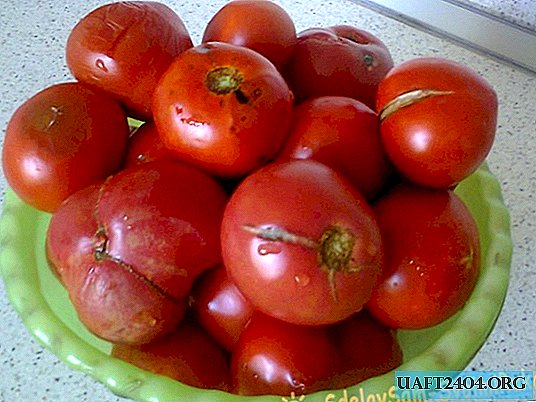
Sellers give this charm for pennies, trying to get rid of faster, because in a day this product will no longer be a product. The view they have, of course, is unattractive, but I'm not so much interested in beauty and not even their price, but how much taste. It is at this moment that the tomato is as delicious as possible.
Training
I wash vegetables, cut off badly damaged parts (mostly black), cut in half.

I rub on a coarse grater so as to separate the flesh from the peel.

Here, each mistress can act in her own way. My grandmother, for example, boiled tomatoes, and then rubbed through a sieve or colander. Using a sieve, you can get rid of not only the peel, but also the seeds. But this procedure takes a lot of time. Seeds absolutely do not bother me, so I give preference to my method.
Cooking
Pour the resulting liquid into a saucepan from a stainless steel, bring to a boil and cook for an hour and a half, in order to evaporate excess moisture (about two-thirds).

I didn’t do this before, but immediately packed the tomato into plastic containers and sent it to the freezer. But I did not like the result after defrosting: a large amount of water and very little dry matter. There is not much space in the cell, so I just don’t really want to save water.
Experts say that more vitamins are stored in frozen vegetables than in thermally processed ones. Therefore, each woman will decide for herself: cook or not.
When cooking a tomato, it’s also important not to overdo it: it must remain liquid. Since I mainly cook dishes without adding extra fats, the tomato base allows them to be replaced at least partially. It perfectly stews vegetables and does not burn.
Packing and freezing
I pour the cooled tomato mass into liter food-grade plastic containers. They should not be filled to the brim (everyone has taught physics).

Product so packaged is sent to freeze.

Lastly
And finally, you can fantasize a little. If you have big problems with buying vegetables in the winter, then you can add carrots, onions, raw peppers to our harvest (one liter of ready-made tomato - one carrot, one onion and one pepper (all medium-sized)). But I do not do this, because onions and carrots are always available fresh in the winter season (and again, there are more vitamins in the fresh ones), and I freeze the pepper separately. By the way, pepper for freezing is better to take red, juicy, sweet, but unripe.
The only supplement that I would not give up is greens. In summer, it is much cheaper than in winter. Add chopped dill, parsley, basil (whatever you like) to the tomato when turn off the heat and mix everything. During cooling, the base absorbs the aroma. This method of preserving greens, in my opinion, is the most effective, since when drying, salting or freezing, the grass loses its aromatic properties.
That's all. Have fun in your kitchen!
Share
Pin
Tweet
Send
Share
Send

